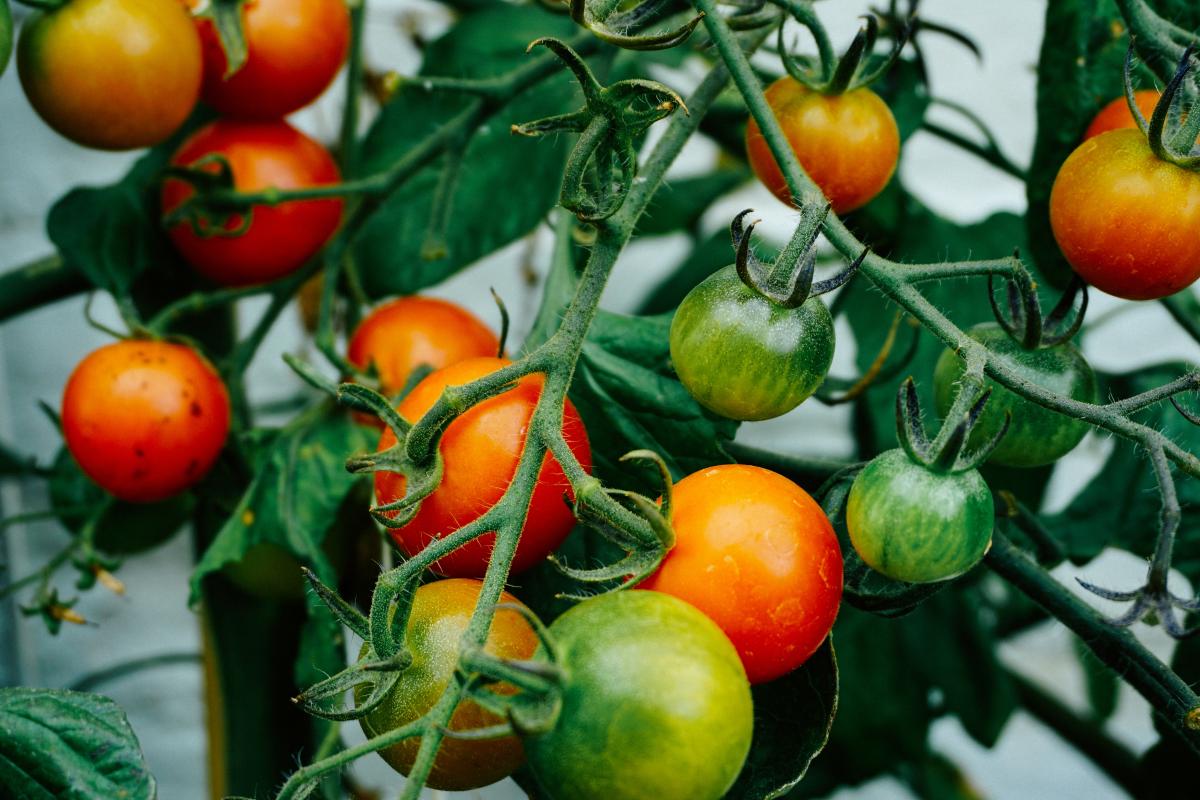
Camo Critters
by Sarah Bailey
Students will learn about the adaptation of camouflage through picture books and research. They will then learn about animals specific to the area. (In this lesson, we are using the Bill Williams National Wildlife Refuge between Parker and Lake Havasu, but this can be modified to any area.) Students will participate in a fun outdoor simulation of a bird collecting worms. Students will graph the color of worms that were collected to analyze how well color camouflage worked in the simulation. Then, they will create their own "critter" designed to blend into their local environment. The class will take their "camo critters" to their outdoor location and photograph their creation in their habitat. Finally, you can create a class slide show to showcase their work.
Lesson Grade Level
2nd GradeLesson Plan Link/URL
https://docs.google.com/presentation/d/11oFSEnGZZUa7LYyyni9tDrSYva7mLZvP/edit?u…Subject Area
Science Life Science L2: Organisms & Energy Technology 3. Knowledge Constructor Engineering S2: Apply the Engineering Design Process Mathematics Measurement and Data (MD) English Language Arts (ELA) Reading (Informational Text) Writing
Featured
Off
Related Content

Grades:
6th Grade, 7th Grade, 8th Grade
Students will create an engineering notebook that documents their progress through the engineering design process as it applies to their choice of project, either creating a toy from “trash” or a

Grades:
3rd Grade
This lesson is about exploring Arizona's state bird, the cactus wren, that lives in the desert, has special body parts and behaviors that help it survive in its harsh environment. Students will learn

Grades:
1st Grade
Day 3 of a 4 day unit (with an optional day 5) on hydroponics, urban farming and vertical farming. Students will learn about hydroponics used on the International Space Station and vertical farming